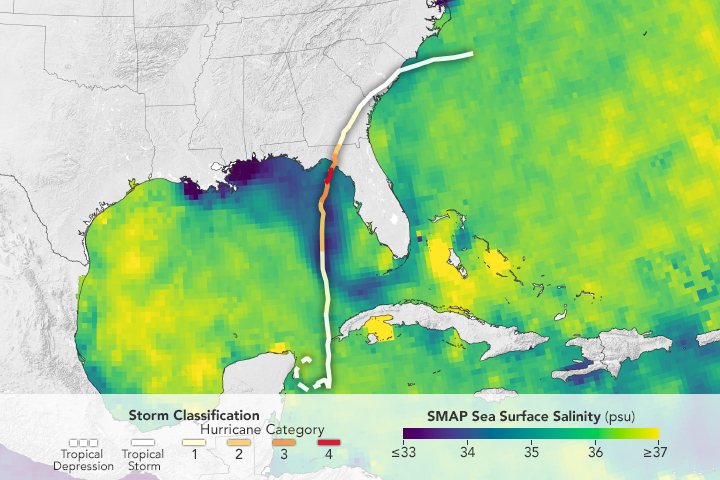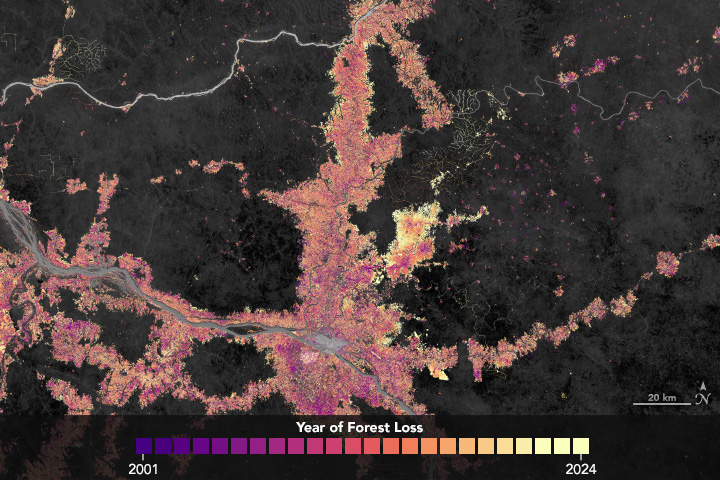



Recent Imagery
You will be directed to the NASA Visible Earth webpage when you select Images by Mission below, or click on the images at right that are randomly generated to represent four out of all possible topics.
You are here
Orbiting Carbon Observatory (OCO)
Status:
Other
Mission Category:
Earth System Science Pathfinder Program
Launch Date: February 24, 2009
Launch Location: Vandenberg Air Force Base, CA
Actual Completion Date: February 24, 2009
The Orbiting Carbon Observatory (OCO) was designed to provide space-based global measurements of atmospheric carbon dioxide (CO2) with the precision and resolution needed to identify and characterize the processes that regulate this important greenhouse gas. With its three high-resolution grating spectrometers, data collected by OCO could be combined with meteorological observations and ground-based CO2 measurement to help characterize CO2 sources and sinks on regional scales at monthly intervals for 2 years.
Shortly after launch on February 24, 2009, the fairing-a clamshell structure that encapsulates the satellite-on the Taurus XL launch vehicle carrying OCO failed to separate and OCO did not reach orbit.
Key Orbiting Carbon Observatory Facts
| Mission/Portal Page: | http://science.nasa.gov/missions/oco/ |
|---|---|
| Altitude:Distance from sea level. | 705km |
| Inclination: | 98.2° |
| Local Node:Approximate time, at the equator when vehicle is directly overhead. | 1:15 p.m. |
| Instruments: |
Three high-resolution grating spectrometers |
| Principal Investigator(s): |
David Crisp Charles E. Miller |
Related Publications:
- Orbiting Carbon Observatory (OCO) (Mission Brochures - 7.73 MB)
- Orbiting Carbon Observatory (Science Writers' Guide - 7.93 MB)
- Orbiting Carbon Observatory 2 (2014) (iBooks - 3.76 MB)
Relevant Science Focus Areas:
- Atmospheric Composition
- Carbon Cycle, Ecosystems, and Biogeochemistry
Relevant Science Questions:
- How does the Earth system respond to natural and human-induced changes?
- How is the global Earth system changing?
- How will the Earth system change in the future?
Science Goals:
- Improve our understanding of the geographic distribution of CO2 sources and sinks (surface fluxes) and the processes controlling their variability on seasonal time scales. Validate a passive spectroscopic measurement approach and analysis concept that is well suited for future systematic CO2 monitoring missions.
- Validate a passive spectroscopic measurement approach and analysis concept that is well suited for future systematic CO2 monitoring missions.
Related Applications:
- Air Quality
- Carbon Management
- Public Health

